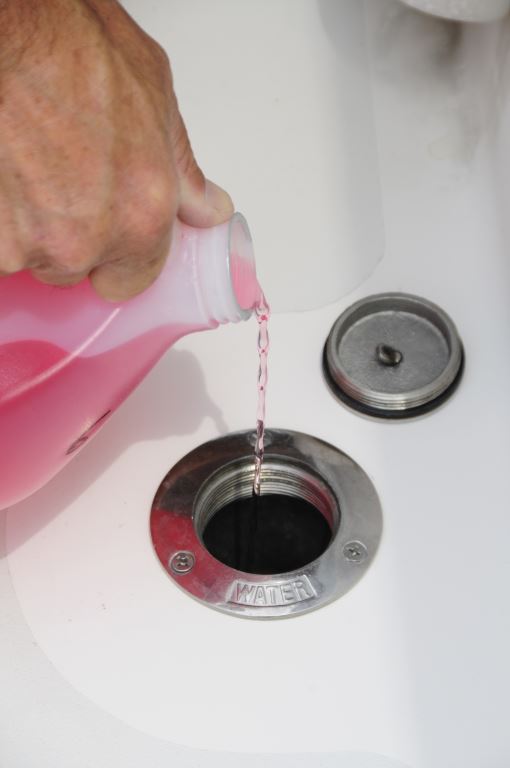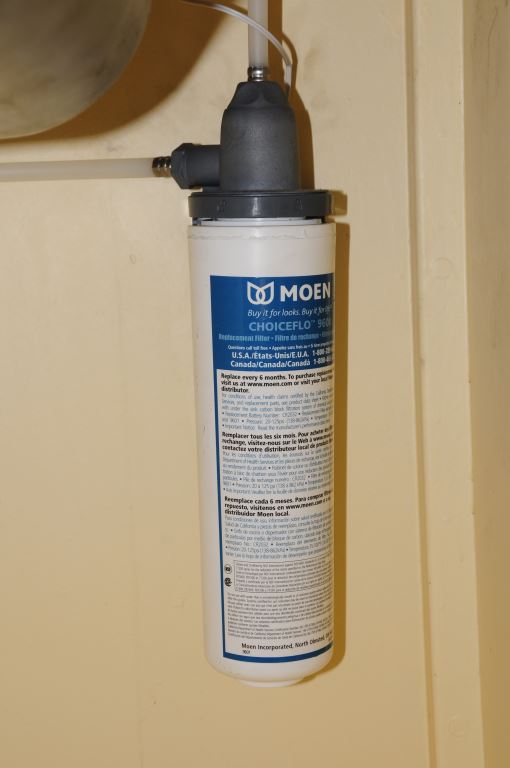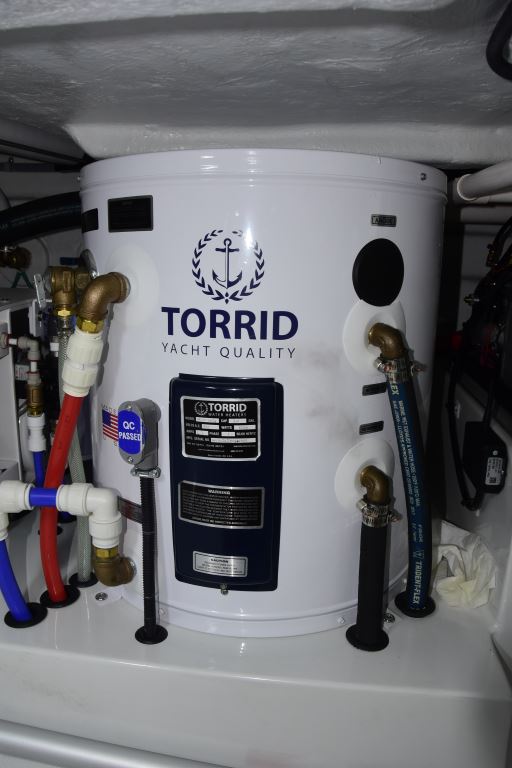“Technical Authors Must Take a Stand” and “Laying up Potable Water and Sanitation Systems”
From the Masthead
Technical authors must take a stand
Knowing of my interest in the subject, a client recently sent me an article to review, on the subject of oil/fluid analysis. It was published in a well-known boating magazine with a wide circulation. I saved it for my next flight; as I began to make my way through the article, I quickly realized the author knew very little about fluid analysis, he was merely quoting, albeit with proper attribution, a series of professionals and experts he’d interviewed. Invariably, they had differing opinions. This writing style represents a pet peeve of mine, as it leaves the reader to decide who is right, whose advice should be followed.
Years ago, I had a debate with the editor of a magazine, who argued to me that any staff writer should be able to write about any subject, provided he or she did the proper level of research. Strictly speaking, this may be true, however, if that author fails to learn enough about the subject to develop his or her own opinions, then it’s simply a regurgitation of the research material, including interviews, with potential differences of approach and opinion. The time required to carry out this research, and then develop a clear, cohesive opinion on the subject matter, which may then be supported by quotes, is often significant, more than is available to today’s marine industry journalists, from a return on investment point of view; and thus, the opposing opinions quote factor rears its head. Editorializing on a subject about which the author has personal experience and knowledge makes far more sense, and nearly always results in a more useful product for the reader.
I’ve written many articles, where the time it’s taken to conduct the research alone, much less write it, eats up any reasonable profit. I simply view it as valuable education that augments my consulting work, making it more palatable.
The next time you read a technical article that is littered with quotes, ask yourself this question, ‘Has the author provided a clear path forward, an opinion, has he or she taken a stand on the subject matter?’ If the answer is no, then the value of the editorial “product” is invariably diminished.
This month’s Marine Systems Excellence article covers the subject of winterizing potable water and sanitation systems. I hope you find it both interesting and useful.
Potable Water and Sanitation Systems Lay Up
If your potable water tanks can be drained, it’s best to avoid adding non-toxic anti-freeze to them.
There are a variety of approaches to laying up a vessel’s potable and black water systems for the off season. Here’s one I used when I managed boat yards and was responsible for winterizing hundreds of vessels. To the greatest extent possible, empty the entire contents of the potable water system. If the tank has a drain, open it and let the water drain with the aid of gravity rather than running the pump. This saves wear and tear on the pump and will flush your bilges and exercise your bilge pumps in the process. After making certain the circuit breaker is off and tagged for layup, empty the water heater as well. Some units have a drain cock but if not, simply remove the lower, cold water IN fitting. If a check valve is fitted to the water inlet, you’ll need to remove it to allow water to drain out, then reconnect the plumbing.
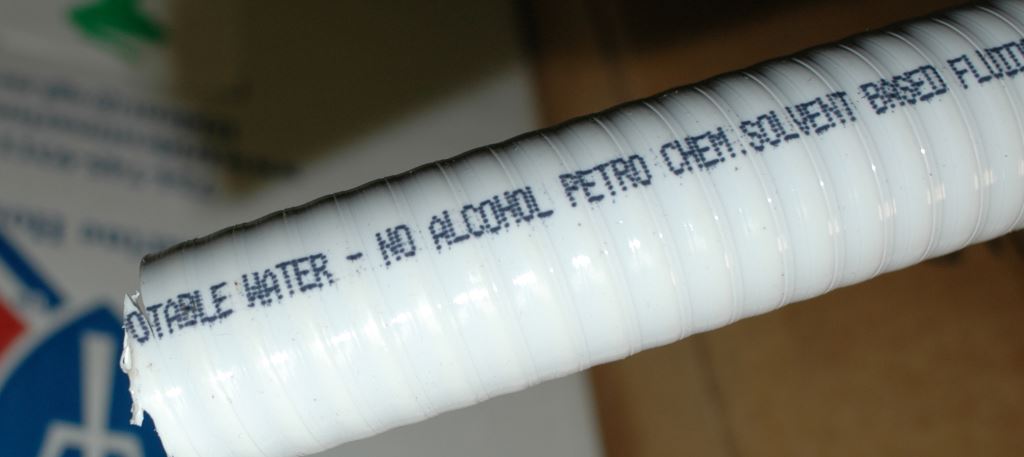
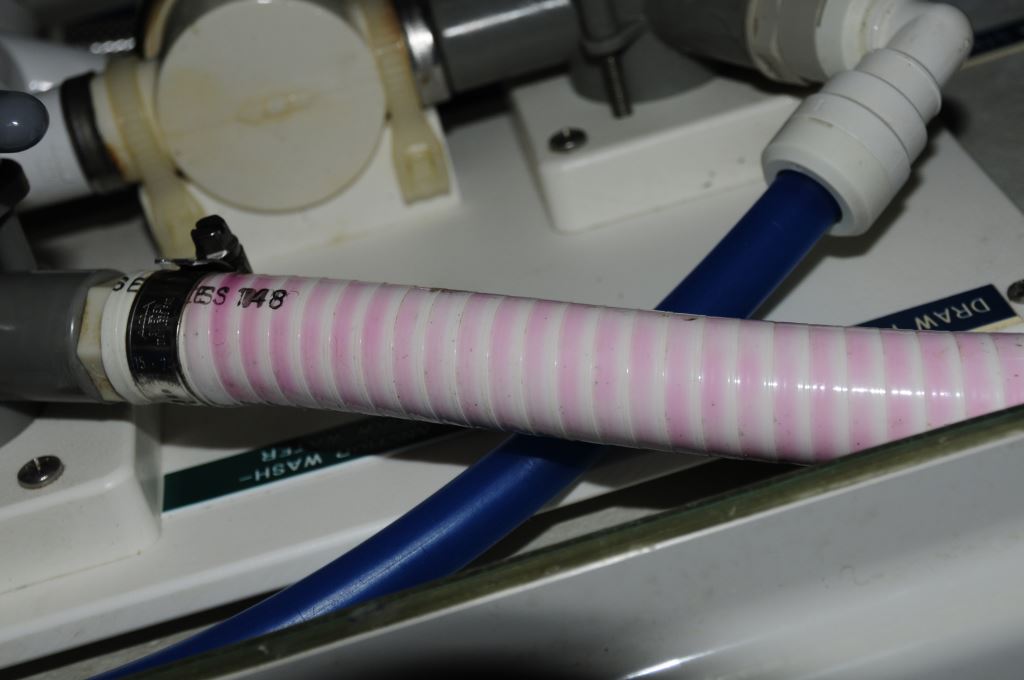
Many PVC based sanitation hoses specifically prohibit the use of solvents like alcohol, which includes anti-freeze, as it can damage and permeate the hose.
If you have whole boat or point of use water filters, remove the cartridges and empty the canister or install the bypass fitting for units that utilize this design. Then, disconnect the inlet hose to the potable water pump and allow any remaining water to drain. Cycle the pump for a minute or so to allow it to pump out any water remaining in its chambers.
Cartridge-type filters like this should be removed and their bypass fittings installed before beginning any winterization procedures.
If you have access to clean, oil-free compressed air (it’s what painters use when spraying, often using an in-line oil filter), this is an ideal way to remove remaining water from the system. Disconnect the outlet side of the pump and apply no more than 25 psi to the plumbing leading to the rest of the boat. Open each hot and cold faucet and allow the water to be pushed out, don’t forget fresh water flush toilets if you have them. Some boat yards use the air to push inexpensive vodka (I’m not kidding) through the system, it’s an approach I used during my tenure as a yard manager. The advantage to this is it acts as anti-freeze without the unpleasant odor or taste of the non-toxic stuff. If compressed air isn’t available, you can use non-toxic antifreeze that’s specifically designed for potable water systems, it’s polypropylene based and pink, but be warned, it will leave behind an odor and taste that will require ample flushing to remove. By-pass the water heater by connecting the boat side plumbing cold IN and hot OUT fittings together using hose or an adapter you can make up with off the shelf fittings (and then leave it with the water heater for future use).
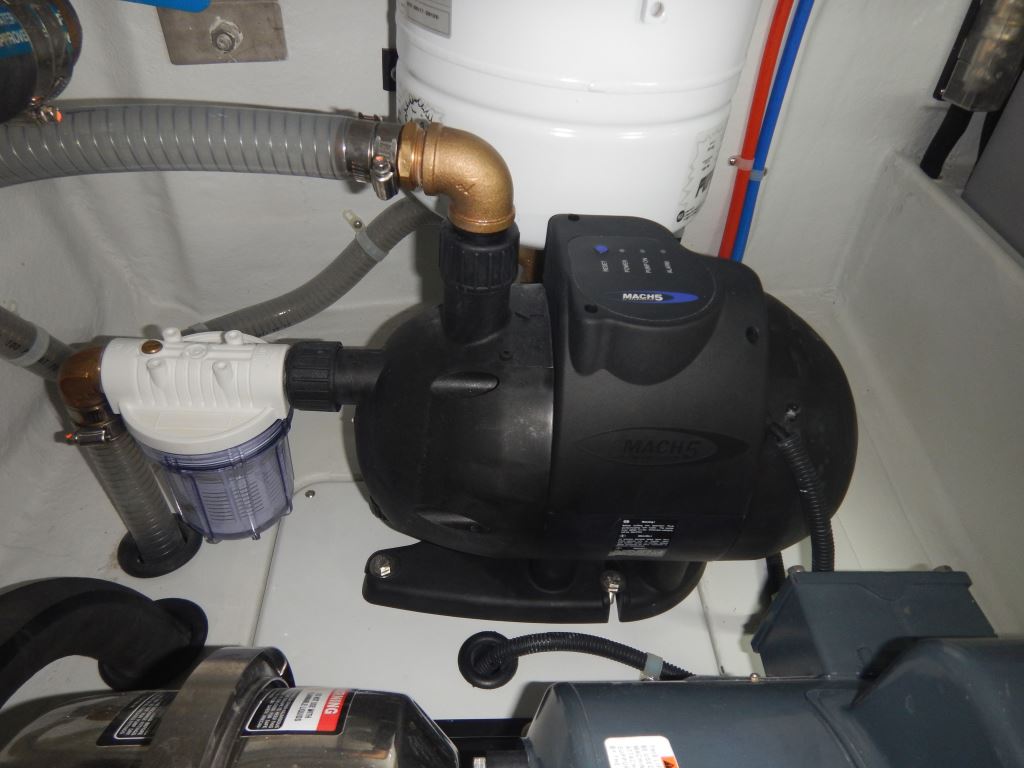 Disconnecting the potable water pump’s inlet from the supply tank, and allowing it to draw anti-freeze into the system, eliminates the need to expose the tank to non-tox.
Disconnecting the potable water pump’s inlet from the supply tank, and allowing it to draw anti-freeze into the system, eliminates the need to expose the tank to non-tox.
Once anti-freeze has entered the water heater, it’s extremely difficult to remove the taste, smell and foaming. For the same reasons, instead of pouring gallons and gallons of non-tox anti-freeze into the potable water tank, instead, allow the boat’s potable water pump to draw non-tox out of the containers. As long as the tank and all interconnecting lines have been drained anti-freeze is not necessary, and you will use considerably less of it. Cover or reconnect any disconnected plumbing to prevent debris or insects from entering them during the decommissioning period (I prefer reconnecting so it’s ready to go in the spring). When it’s time to re-commission the system simply run fresh water through the system in the same way you did the non-tox, then reconnect the tank and water heater fittings.
Water heaters should not be exposed to non-toxic anti-freeze, as removal requires significant flushing to remove all remnants of odor, taste and foam.
Sanitation systems require their own brand of lay-up. Make certain the tank has been legally pumped out, of course, and that you follow all ordinances and boat yard or marina rules and regarding discharge of this system. Add fresh water to the holding tank and pump it out again using the overboard discharge pump, to flush it as well. Then, pour non-tox into the commode(s) and flush. The quantity depends on the length of the hose runs; however, more doesn’t hurt. Cycle the overboard discharge pump again to fill it with non-tox. If the heads are raw water then their inlets need to be disconnected from seacocks and non-tox drawn into the hose. Beware, most PVC-based sanitation hose manufacturers recommend against the use of alcohol-based products (including non-tox anti-freeze). In this case, every effort should be made to purge as much anti-freeze from the system as possible.
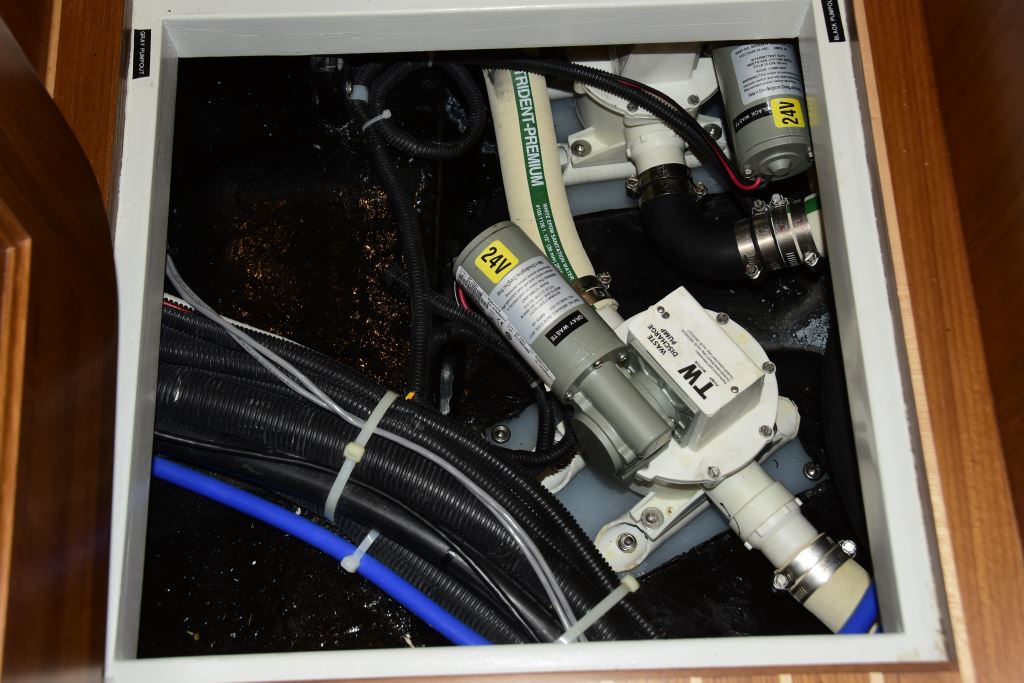
Pumps like this diaphragm black water model trap fluid, so they must be fully purged and flushed with non-toxic anti-freeze.
Taking these steps will protect your vessel’s potable and black water systems from freeze damage during the off-season lay-up, as well as minimizing hassle when it’s time to recommission.

